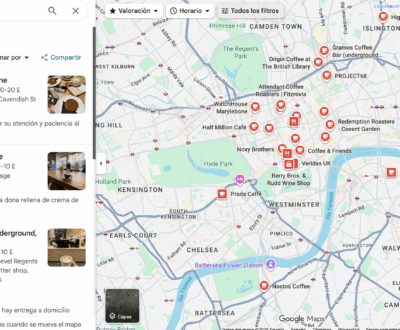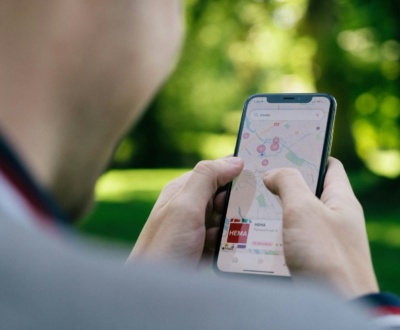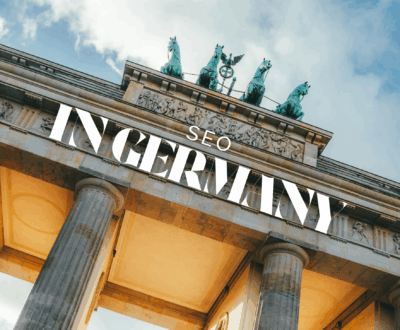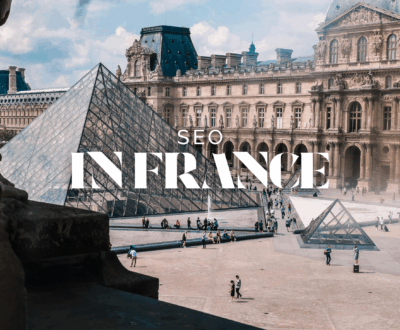The European SEO Landscape: A Single Market or 44 Different Battlefields?
- July 10, 2025
- Latest Articles on SEO Trends and Tips
For global brands, the European Union often presents an alluring vision: a single, high-value market of 450 million consumers. This perception, however, is a dangerous oversimplification for any business serious about digital growth. When it comes to Search Engine Optimization (SEO), Europe is not one market. It is a complex, fragmented mosaic of dozens of distinct digital ecosystems, each with its own language, culture, search behavior, and competitive landscape.

Treating Europe with a one-size-fits-all SEO strategy is a recipe for wasted budgets and missed opportunities. Success requires a granular, localized approach. This analysis will dissect the European SEO landscape, comparing its major markets, identifying rising stars, and exploring the fundamental challenges of language, culture, and technology that define this continent of digital battlefields.
The “Big Five”: A Tale of Divergence
While Google commands over 90% market share across most of the continent, the way users interact with it—and the strategies required to rank—varies dramatically. Let’s examine the five largest markets.
1. The United Kingdom: Mature and Hyper-Competitive
- The Landscape: As a mature, English-speaking market, the UK is one of the most competitive SEO arenas in the world. Competition is fierce across all major sectors, from finance to e-commerce.
- Average Cost: Retainers are among the highest in Europe, often starting at €3,500 and easily exceeding €15,000 per month for competitive niches.
- Popular Tactics: High-quality content and digital PR are paramount. Generic link-building is ineffective. Success hinges on earning high-authority links from reputable publications (The Guardian, BBC, industry-specific journals) and creating genuinely valuable, research-backed content. E-E-A-T (Experience, Expertise, Authoritativeness, Trustworthiness) is not just a concept here; it’s the price of entry.
2. Germany: Technical Precision and Formality
- The Landscape: The German market is characterized by a user base that values data, privacy, and precision. They are less susceptible to marketing fluff and demand thorough, fact-based information.
- Average Cost: High, reflecting the strong economy. Retainers typically range from €3,000 to €12,000.
- Popular Tactics: Technical SEO is critical. German users expect fast-loading, secure (HTTPS is non-negotiable), and flawlessly functional websites. Content must be formal, in-depth, and well-structured. B2B communication is formal (“Sie” instead of “du”). Building trust through certifications, data privacy policies (DSGVO/GDPR compliance), and customer testimonials is a cornerstone of strategy.
3. France: Brand-Centric and Locally Focused
- The Landscape: French consumers exhibit strong brand loyalty and a preference for domestic companies. The digital space is sophisticated, but with a unique emphasis on brand identity and aesthetic.
- Average Cost: Slightly lower than the UK and Germany, with typical retainers between €2,500 and €10,000.
- Popular Tactics: Brand building is intertwined with SEO. High-quality visuals and a strong brand narrative are essential. Local SEO is incredibly important, as is securing mentions and links from influential French media (e.g., Le Monde, Les Echos). The language is non-negotiable; poor French translations are instantly dismissed.
4. Spain: Mobile-First and Socially Integrated
- The Landscape: Spain has one of the highest mobile internet penetration rates in Europe. The market is dynamic, highly social, and heavily influenced by visual content.
- Average Cost: More accessible than the northern European markets, with retainers often falling between €1,500 and €7,000.
- Popular Tactics: A mobile-first approach is mandatory. Video content, particularly on YouTube (Google’s other search engine), and strong social media integration are key drivers of visibility. E-commerce SEO is a huge field, with a focus on product reviews, visual appeal, and competitive pricing.
5. Italy: Relationship-Driven and E-commerce Focused
- The Landscape: The Italian market is relationship-oriented, even online. Trust is built through community and perceived authenticity. E-commerce has boomed, but competition is still less saturated than in the UK or Germany.
- Average Cost: Similar to Spain, with retainers generally in the €1,500 – €6,500 range.
- Popular Tactics: Community building and social proof are powerful SEO tools. Strong integration with social media platforms like Instagram and Facebook is crucial for driving both traffic and trust signals. For B2B, the communication style is less formal and more relationship-based than in Germany.
The Rising Stars: Where Opportunity Knocks
Beyond the giants, several markets offer immense growth potential for businesses willing to invest in a localized strategy.
- Poland: With a booming economy and one of Europe’s most dynamic e-commerce markets (dominated by local giant Allegro alongside Google), Poland is a land of opportunity. The market is price-sensitive, but digitally savvy. Success requires fluent Polish and an understanding of the local e-commerce ecosystem.
- The Netherlands: A highly digitalized, tech-savvy nation with exceptional English proficiency. This makes it a tempting “test market” for Europe. However, Dutch consumers are direct and expect high-quality service and transparency. Competition is sophisticated, demanding more than just basic SEO.
- Scandinavia (Denmark, Sweden, Norway): These countries boast high GDP per capita and extreme digital maturity. Clients are willing to pay for premium quality and expect data-driven, transparent reporting. A focus on minimalist design, sustainability, and high-quality content performs well. Each country requires its own native language strategy.
Core Challenges and Agency Adaptations
Navigating this fragmented landscape requires specialized skills and structures. Successful “SEO agency Europe” are defined by how they solve three core challenges.
1. The Language Labyrinth: Translation vs. Transcreation
This is the most obvious barrier, yet the most commonly mishandled. A direct translation of English keywords and content is doomed to fail.
- Problem: Search intent and vocabulary differ. A keyword in English might have multiple translations with different connotations or search volumes.
- Solution: Transcreation. This involves using native-speaking SEO specialists who understand the cultural context and can perform localized keyword research from scratch. They adapt the message, tone, and terminology to resonate with the local audience. On a technical level, correct implementation of hreflang tags is critical to signal the correct language/country version of a page to Google.
2. The Cultural Code: Connecting with Users
Beyond language, cultural norms dictate user behavior.
- Example: A German user looking for business software will likely use formal, technical search queries and respond to data-sheets and case studies. An Italian counterpart might search for “best software for small business” and be more persuaded by video testimonials and a strong brand story.
- Solution: Agencies must function as cultural translators. This involves adapting website design (e.g., minimalist for Scandinavia vs. vibrant for Spain), content formats (e.g., in-depth articles for Germany vs. videos for Spain), and trust signals (e.g., formal certifications for Germany vs. social proof for Italy).
3. Beyond Google’s Shadow: The Local Search Engines
While Google is king, ignoring local players can mean leaving traffic on the table.
- Seznam: In the Czech Republic, Seznam still holds a respectable 10-15% of the search market. It has its own advertising platform (Sklik) and map service (Mapy.cz), which are vital for local businesses.
- Yandex: While its influence has significantly declined in Europe, it retains a small but relevant user base in some Eastern European countries and among specific communities.
- Privacy-First Engines: In privacy-conscious markets like Germany, engines like DuckDuckGo and Ecosia are gaining traction, reinforcing the need for strategies that aren’t solely reliant on Google’s data ecosystem.
Conclusion: The Verdict is Clear
The European SEO market is unequivocally a collection of distinct battlefields. The notion of a single, unified strategy is a myth. The agencies that thrive are not those with the largest footprint, but those with the deepest understanding of local nuances.
Success in Europe demands a paradigm shift: from a centralized, top-down approach to a decentralized network of localized expertise. It requires investing in native talent, respecting cultural differences, and tailoring every aspect of a campaign—from keywords to content—to the specific battlefield you aim to win. For businesses looking to conquer Europe, the first step is to recognize that they are not invading a country, but navigating a continent.
About us and this blog
We are a digital marketing company with a focus on helping our customers achieve great results across several key areas.
Request a free quote
We offer professional SEO services that help websites increase their organic search score drastically in order to compete for the highest rankings even when it comes to highly competitive keywords.
Subscribe to our newsletter!
More from our blog
See all postsRecent Posts
- 10 Powerful Local SEO Tips to Rank Higher in 2026 October 24, 2025
- How to Optimize Your Google Business Profile for Local SEO October 24, 2025
- Local SEO for Small Businesses: How to Get Found in Your Area October 24, 2025








